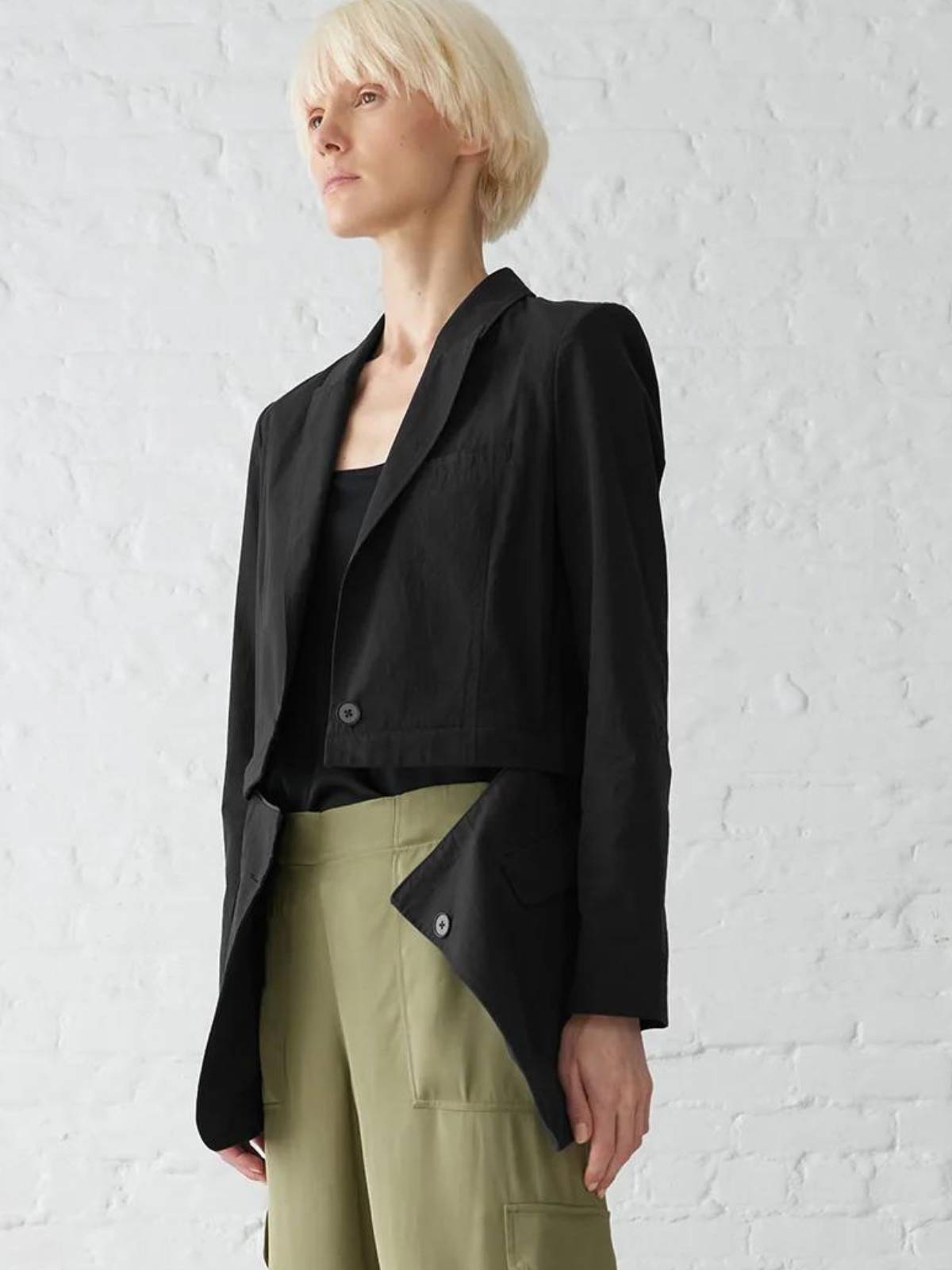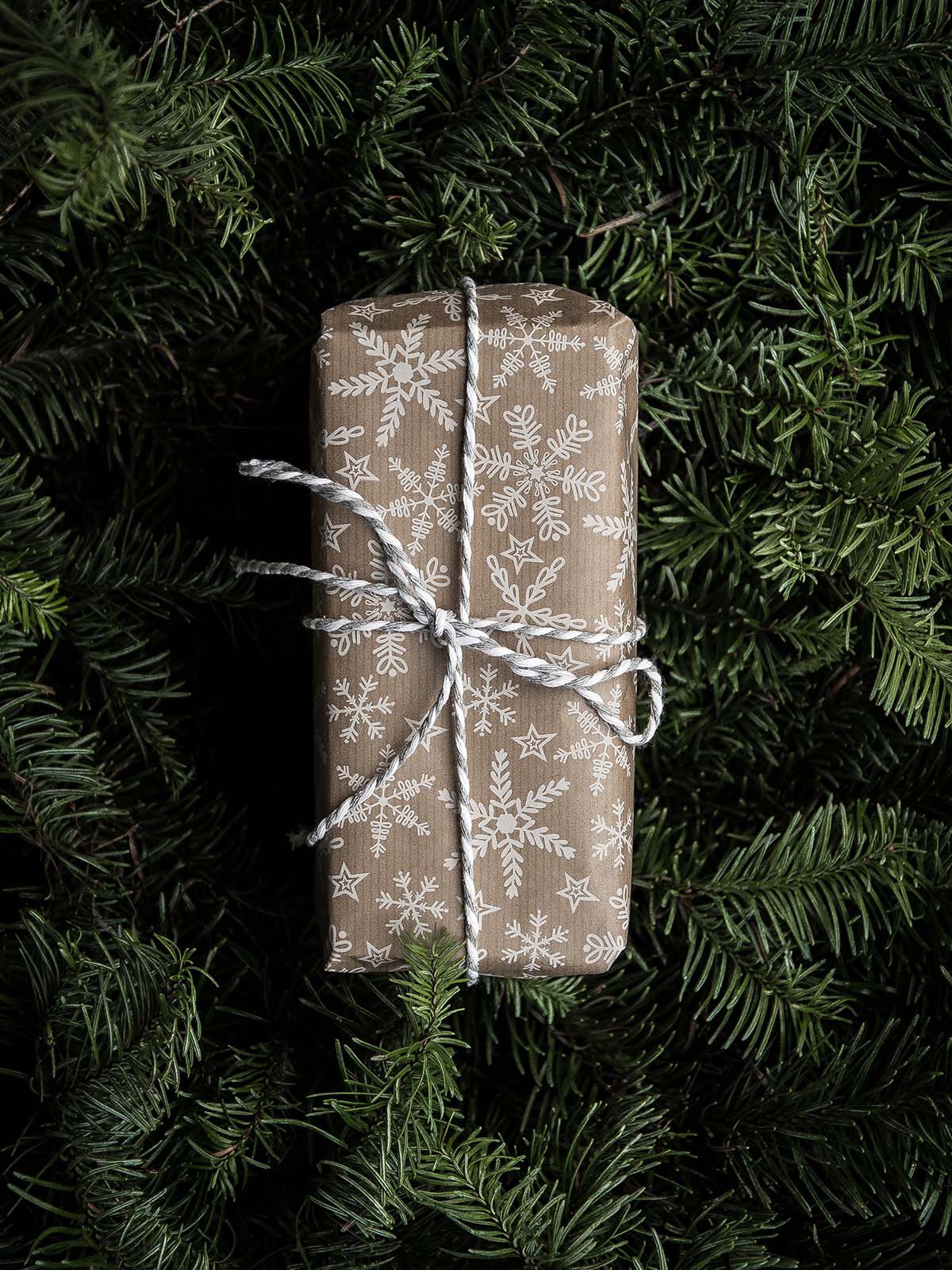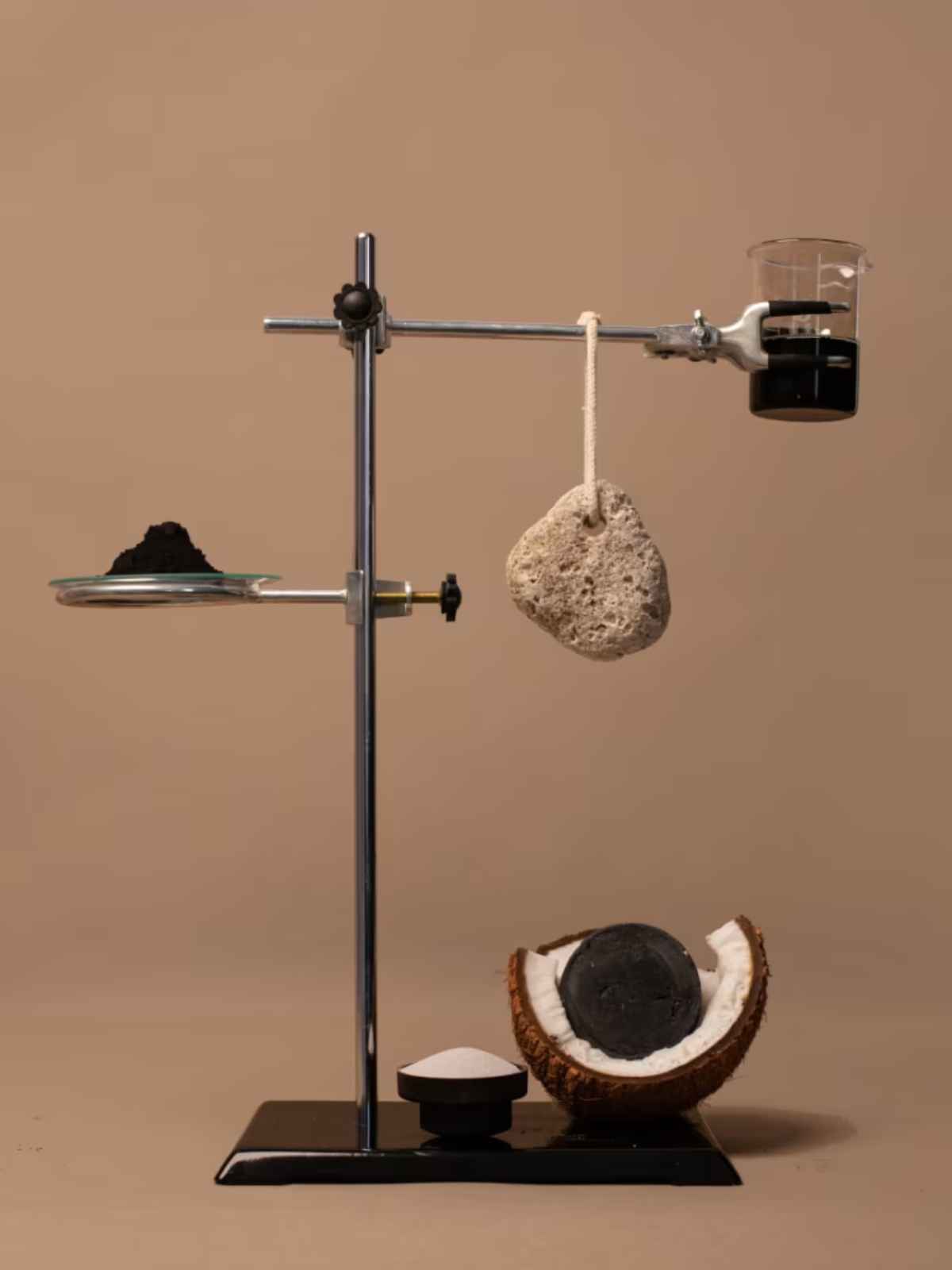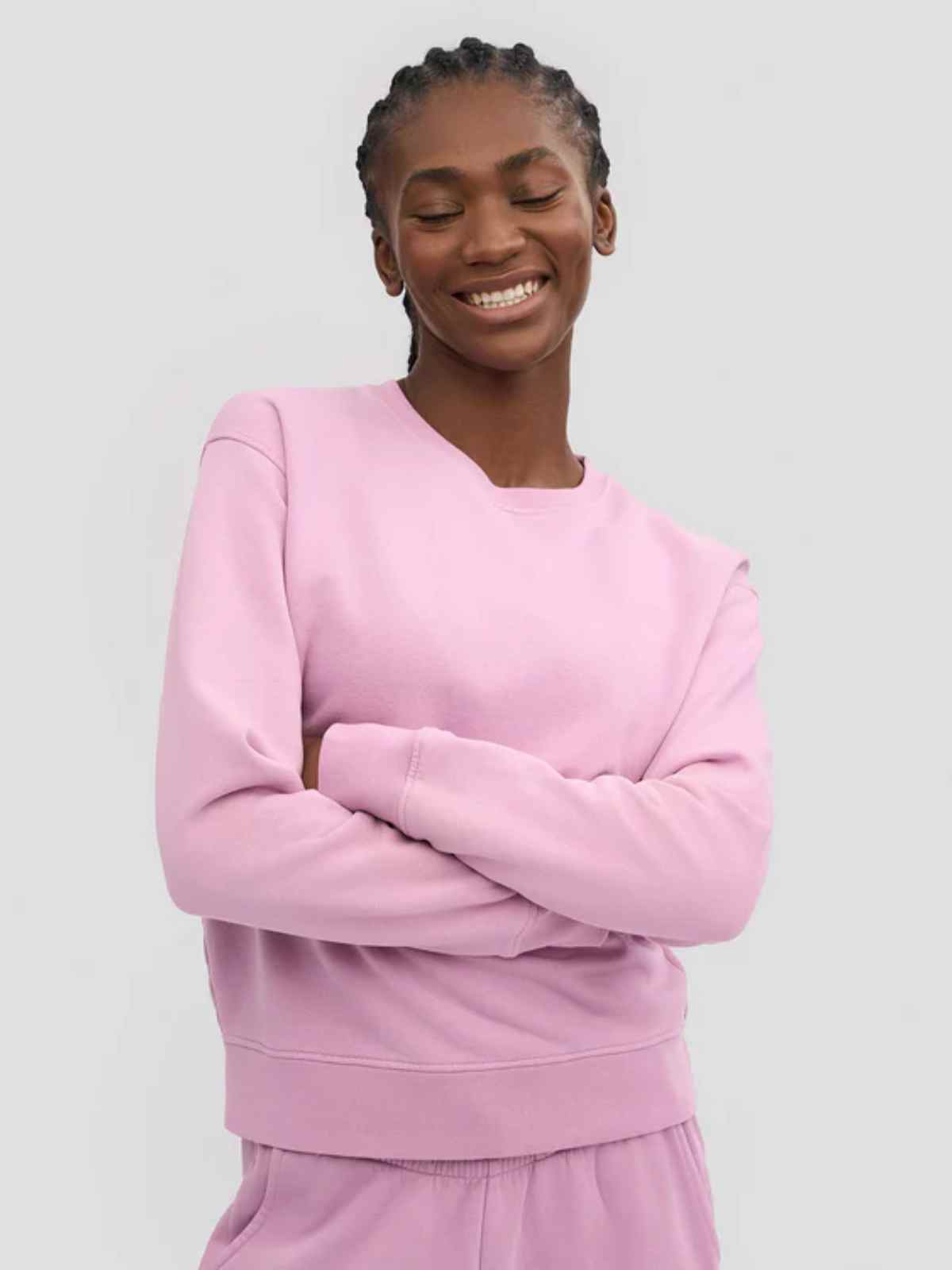With beauty packaging waste increasing as the industry grows, refillable packaging is trending as a possible solution—which it could become. But only when refillable packaging is, well, refilled. And new data from Good On You’s Beauty Sustainability Scorecard reveals that only 15% of rated brands offer some refillable products while a mere 2% are tracking and reporting on repeat purchases.
Problem: packaging waste is a worsening crisis
Packaging plays a crucial role in the beauty industry, from protecting the product to communicating a brand’s visual identity. But it also has significant negative impacts on the planet. And the waste of single-use plastics and other kinds of packaging is only worsening as the industry grows.
As with many negative environmental trends, answering “How bad?” isn’t always straightforward, but a few commonly cited stats suggest brands aren’t taking packaging waste seriously. A report by Zero Waste Week, for instance, estimated that more than 120bn units of packaging for the cosmetics industry were produced in 2018 alone—that number today is likely much higher. Worse, a lot of that gets promptly tossed in the rubbish. According to the British Beauty Council, 95% of cosmetic packaging is thrown away, which can end up either in landfills or in our oceans, where it can be detrimental to the environment and marine wildlife. Even more worrying is the fact that recycling rates are very low—a 2016 report from the Ellen MacArthur Foundation found a mere 14% of all the plastic packaging produced annually is collected for recycling, and the amount of packaging that was actually recycled was even lower.
Waste in the beauty industry is becoming an increasingly timely topic among in-the-know shoppers looking for more sustainable options as well as brands hoping to shift the paradigm.“Beauty brands are recognising that our current economic system of a linear economy—the “take-make-dispose” model is simply unsustainable,” says Aisling Connaughton, co-founder at sustainability consultancy Cyd Connects, which works with several beauty brands.
Refillable packaging has emerged as a circular solution to tackle the industry’s wasteful ways. Yet not all refills are created alike—some approaches are more promising than others. And even those are only effective when, you know, the industry actually adopts them.
What is refillable packaging?
It might sound basic to define it: “Refillable packaging is a pack that allows the consumer to replenish the contents of the original packaging,” says Dan Coppins, packaging technologist and sustainability consultant. But most packaging today isn’t designed to be refilled; it’s designed to be tossed after use.
Refillable packaging isn’t only about the packaging, either. In theory, it’s about shifting the entire system. Instead of discarding the packaging after one single use, brands design their businesses around primary packaging that can be retained with a refill product, or taken back to a shop to be replenished.
Refillable packaging isn’t only about the packaging. it’s about shifting the entire system.
And when done right, refills can actually be more compelling for consumers. “These refill vessels are often aesthetically pleasing, consistent, and can even serve as a design staple in the household as opposed to the single-use or disposable nature of typical packaging,” observes Helen Yang, CEO and founder of Clement Packaging.
But how can refills benefit the planet? Jo-Anne Chidley, founder of Reposit and Beauty Kitchen, was one of the experts I interviewed who said refills show potential to minimise plastic waste, lower carbon footprint and energy use. And one 2019 study by the Ellen MacArthur Foundation suggested that replacing single-use beauty and personal care bottles with refillable packaging could significantly reduce the sector’s share of global greenhouse gas emissions.

4 key types of refillable packaging
There are many different types of refills, though we can broadly group the most commonly proposed and implemented refillable packaging approaches into four buckets. And while no one packaging solution is perfect in terms of its environmental impact, some are better than others.
1. Bottle-in-a-bottle refills come with a durable container or a cartridge that can easily be removed, replaced, and inserted into the original packaging. Commonly used in skincare and colour cosmetics for liquids, lotions, and creams, this approach offers a mess-free refill experience. However, the downside is that creating two separate pieces of packaging can exacerbate waste, and if the refills aren’t recycled then they likely end up in landfills. “If the refill itself is packaged heavily or could have been used as a standalone product, a refill product can actually generate more waste and shipping footprint rather than reduce packaging,” says Yang.
In April, reporter Lexy Lebsack anonymously interviewed a cosmetic packaging professional for Glossy magazine about the state of bottle-in-a-bottle refills, which the source described as “the least effective of the refills, in regard to sustainability.” The issue stems from the need for the consumers to refill “four to five times before they start to see any reduction in carbon emissions or waste,” they said. “A lot of times [bottle-in-a-bottle refills] can actually increase the amount of waste and emissions because you’re effectively producing two separate packages.”
While no one packaging solution is perfect in terms of its environmental impact, some are better than others
2. Refill pouches or packs are usually single-use and available in bulk sizes, allowing users to simply replenish products by pouring or decanting the contents into the packaging they already have. Refill pouches do reduce plastic—for example, L’Occitane highlights that its eco-refill pouches use 85% less plastic than single-use bottles, saving roughly 200 tonnes of plastic each year. There’s a “but” in all this, though, because Coppins cautions that: “Multi-laminate pouches can be difficult to recycle”. Foile is one brand addressing this—the Australian company has a Packaging Loop and Returns Programme where empty refill pouches can be sent back to the brand to be used again to ensure they are recycled. And while refill pouches are a popular choice with personal care brands, they don’t work for every cosmetic product. Makeup such as concealers, foundations, and skincare including serums and oils can be more difficult to refill with pouches than, say, shampoo and shower gels.
3. In-store refill, offered by brands such as L’Occitane (which has refill fountains across Europe, North America, and Asia) and The Body Shop, enable consumers to replenish their products directly into the existing packaging at refill stations. At the moment, only a handful of brands and retailers have adopted this model because it is financially and logistically challenging to maintain the infrastructure.
4. Returnable packaging, also known as the “milkman model”, is designed to be sent back to the brand where empty containers are cleaned and sterilised for reuse. There are a couple of challenges with this—it is reliant on the consumer to return the packaging for the model to work, and for brands there is an added cost involved. “Returnable packaging is usually a quicker way to get refill packs out, however, the packs must be cleaned which can be costly to implement,” says Coppins. Skincare brand Raaie has a take-back packaging scheme where bottles can be easily mailed back or dropped off to participating retailers for reuse. And Beauty Kitchen is leading the way with its Reposit programme, where consumers can return empty containers which are cleaned, refilled and redistributed to be used again. Brands can benefit from being able to asset-track where, when and how many times a bottle has been refilled, providing full product life cycle data.
Ghost refills—when refills aren’t, well, refilled
Even though more beauty brands—from mass market to premium ends of the industry—now advertise refillable packaging options, it’s usually only for a handful of widely promoted products. Sadly, this model isn’t happening at a significant scale yet. Chidley explains that: “To boost refill adoption, brands need to offer refills across more product categories, from serums to sunscreen.”
Of the few brands offering refillable option, it's often for only a small number of their products, and then most are not transparent about whether they're actually refilled.
More often, though, we see “ghost refills”—which is to say, brands promote a small number of refillable products but then are not transparent about whether consumers are actually following through. That’s one key finding from Good On You’s Beauty Sustainability Scorecard. Of 239 brands surveyed, only 15% of brands provided refillable packaging for some of their products: 11% of these were at-home refill products, with a mere 4% offering in-store refills.
What’s more, very few brands are tracking or reporting on consumers’ uptake of refillable options, and without enough robust data to back up the claims made around refillable products, we don’t know exactly if they have a lower environmental footprint, explains Becca Willcox, beauty ratings manager at Good On You.
“Only a very small number of the brands we rated—2%—appear to be collecting data on customer refill uptake and repurchasing and reporting this publicly, meaning that the sustainability claims brands are making around these products are not supported,” Willcox told me.
There is a timely need for beauty brands to, firstly, offer refills. Create incentives for consumers to take action. And then when they do, transparently disclose the results. But, again, right now the industry is mostly ghosting us.
Roadblocks to wider consumer adoption
One roadblock is certainly the limited options available to consumers. But another key hurdle is that trash remains easier than most of the limited and sometimes tricky to navigate refill options. When it’s easier to throw something away, consumers will do that.
To truly shift consumer behaviours, we need to simplify the process to make it easier to refill. “Low consumer adoption of refillable packaging often stems from a lack of convenience and awareness,” says Connaughton of Cyd Connects. “Many people are used to the ease of simply buying new products, and unless refilling becomes just as effortless, it’s hard to break that habit.”
Connaughton underscores that education is part of the brand’s responsibility here: “Brands should focus on the storytelling around refills—highlighting how small actions, like choosing a refill, contribute to larger [circular] efforts.”
Many people are used to the ease of simply buying new products, and unless refilling becomes just as effortless, it’s hard to break that habit.
But lacking price incentives can also be a factor for consumers. Some brands are offering discounts, refill subscriptions, or loyalty programmes to encourage refill and reuse. Tropic Skincare, for instance, offers customers a discount voucher when they return five of its empty “Innerbottle” packaging balloons. This refill system uses BPA-free, medical-grade silicone balloons to suspend its moisturiser replenishments—aiming to address some of the challenges surrounding refill packs for skincare.
But brands also can’t go it alone if we’re to see industry-wide change. Without legal requirements, forward-thinking brands should also step up and collaborate to increase refill adoption. But so far, “this has been executed on an individual basis and not as a collaborative movement of the industry overall,” observes Chidley. “Brands need to partner with influencers and eco-organisations to spread the refill message.”
A refillable future is possible
Refillable packaging can be the future for the beauty industry, but that requires brands to change how their businesses operate. The way forward for brands is to ensure that refillable components actually reduce waste—for example choosing dissolvable or compostable packaging instead of unrecyclable landfill-bound packaging for refill pouches, says Yang, as one example.
There’s plenty of need to innovate for different product categories, as well. Some products, such as shampoo or body wash, are easier to refill while skincare creams or serums can be trickier due to their formulation and issues of sanitisation and hygiene. Tata Harper’s Waterlock Moisturiser uses replaceable pots that click into an airtight jar to prevent contamination.
The future of beauty must be circular, and refills are a crucial part of that.
Opting for refillable packaging is a laudable move, but in order to reduce impact, repeated use is imperative. Beauty brands need to design their product offerings with circularity—and convenience—in mind to improve consumer uptake and extend the lifecycle of packaging materials.
“The future of beauty must be circular, and refills are a crucial part of that,” Connaughton believes. But to that end, both brands and consumers will need to reuse, refill, and, yes, repeat.




















